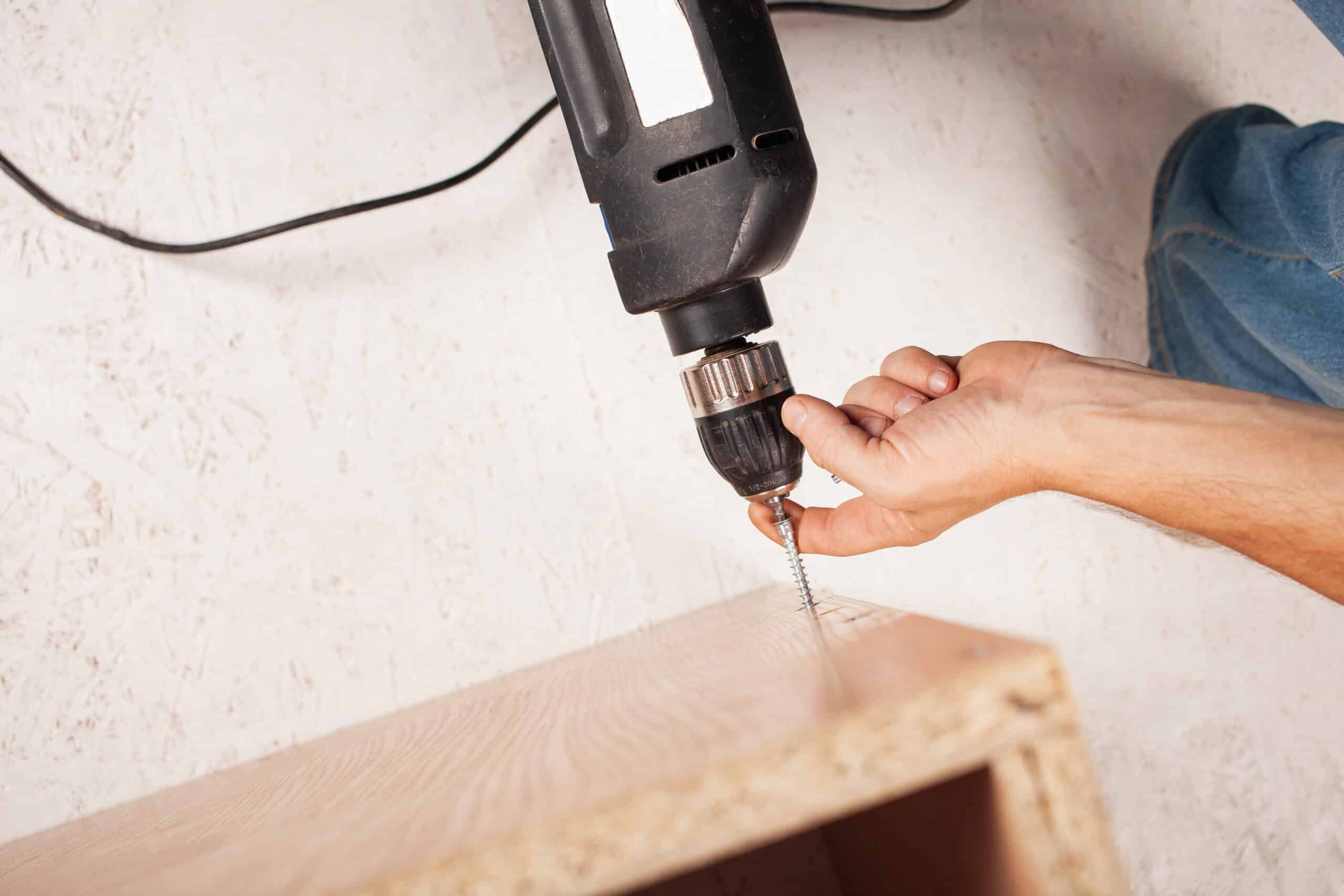How to Drill Straight into Wood
Key Takeaways
- Choosing the right drill bit is crucial for drilling straight into wood
- Using a drill with a level indicator helps maintain the correct angle while drilling
- Starting with a pilot hole helps guide the drill bit and create a straight path
Drilling straight into wood is a common task for DIY enthusiasts, woodworkers, and carpenters. Whether you’re working on a simple home project or a more complex woodworking endeavor, drilling straight holes is crucial for achieving accurate and professional-looking results. In this article, we will explore the best techniques and tips for drilling straight into wood, ensuring precision and success in your woodworking projects.
Choose the Right Drill Bit
One of the key factors in drilling straight into wood is selecting the right drill bit for the task at hand. Different types of wood require different drill bits to achieve optimal results. For softer woods like pine or cedar, a standard twist bit will work well. However, for hardwoods like oak or maple, a brad-point or spur bit is recommended. These bits have a sharp center point that helps to guide the bit into the wood and reduce wandering.
Use a Drill with a Level Indicator
To ensure that your drill is straight while drilling into wood, it’s important to use a drill with a level or bubble indicator. This feature helps you maintain the correct angle and avoid drilling at an angle. Simply check the level indicator before drilling to ensure that the drill is perfectly aligned.
Start with a Pilot Hole
When drilling into wood, it’s often helpful to start with a pilot hole. A pilot hole is a small hole drilled before the main hole to guide the drill bit and prevent wandering. It helps to create a straight path for the larger drill bit to follow. Use a smaller drill bit than the one you plan to use for the final hole size. This technique is especially useful when working with dense or hard woods.
Apply Gentle, Consistent Pressure
Applying gentle, consistent pressure while drilling is essential for maintaining control and preventing splintering or tear-out. Avoid pushing too hard, as it can cause the drill bit to wander or create an uneven hole. Instead, let the drill bit do the work and apply just enough pressure to keep it cutting smoothly through the wood. This technique will help you achieve clean and straight holes.
Keep the Drill Perpendicular
Keeping the drill perpendicular to the wood surface is crucial for drilling straight holes. Any deviation from a 90-degree angle can result in angled or crooked holes. Take your time to position the drill correctly and make sure it remains perpendicular throughout the drilling process. This can be aided by using a drill guide or jig.
Use a Drill Guide or Jig
Using a drill guide or jig is an excellent way to ensure precision and maintain a straight drilling path. These tools provide additional support and guidance, reducing the chances of the drill bit wandering or veering off course. A drill guide can be as simple as a block of wood with a hole that serves as a guide for the drill bit. Alternatively, you can invest in a commercial drill guide or jig for more accurate and consistent results.
Clear Wood Chips and Prevent Overheating
If you’re drilling a deep hole, it’s important to periodically remove the drill bit to clear wood chips and prevent overheating. Wood chips can accumulate in the hole, causing the bit to bind or overheat. Removing the bit and clearing the chips helps to maintain the drilling speed and prevent any damage to the bit or the wood. Take breaks when necessary to ensure smooth and efficient drilling.
While these techniques are effective for drilling straight into wood, it’s important to note that they are general guidelines and may not cover all possible techniques. Different projects and situations may require additional or alternative approaches. It’s always a good idea to consult woodworking professionals or reference guides for specific drilling needs.
Related Websites:
FAQs:
Q: Why is drilling straight important for woodworking projects?
Drilling straight is crucial for woodworking projects because it ensures precise and accurate holes. This is particularly important when joining pieces of wood together or when creating intricate designs.
Q: What types of drills are commonly used for woodworking?
Common types of drills used for woodworking include cordless drills, drill presses, and hand drills. Each type offers different features and capabilities to suit various woodworking tasks.
Q: How can I align the drill with the marked spot?
To align the drill with the marked spot, hold the drill perpendicular to the wood surface. Double-check the alignment before drilling to ensure accuracy and prevent misalignment.
Q: How can I avoid drill bit deflection?
Drill bit deflection can be minimized by using the correct drill bit size for the desired hole and applying consistent pressure while drilling. Additionally, ensuring the drill bit is sharp and in good condition helps reduce deflection.
Q: What can I do to fix misaligned holes?
For small misalignments, you can correct them by using wood filler or by adjusting the placement of the screws or fasteners. In case of larger misalignments, you may need to consider filling the hole and drilling a new one in the correct position.





